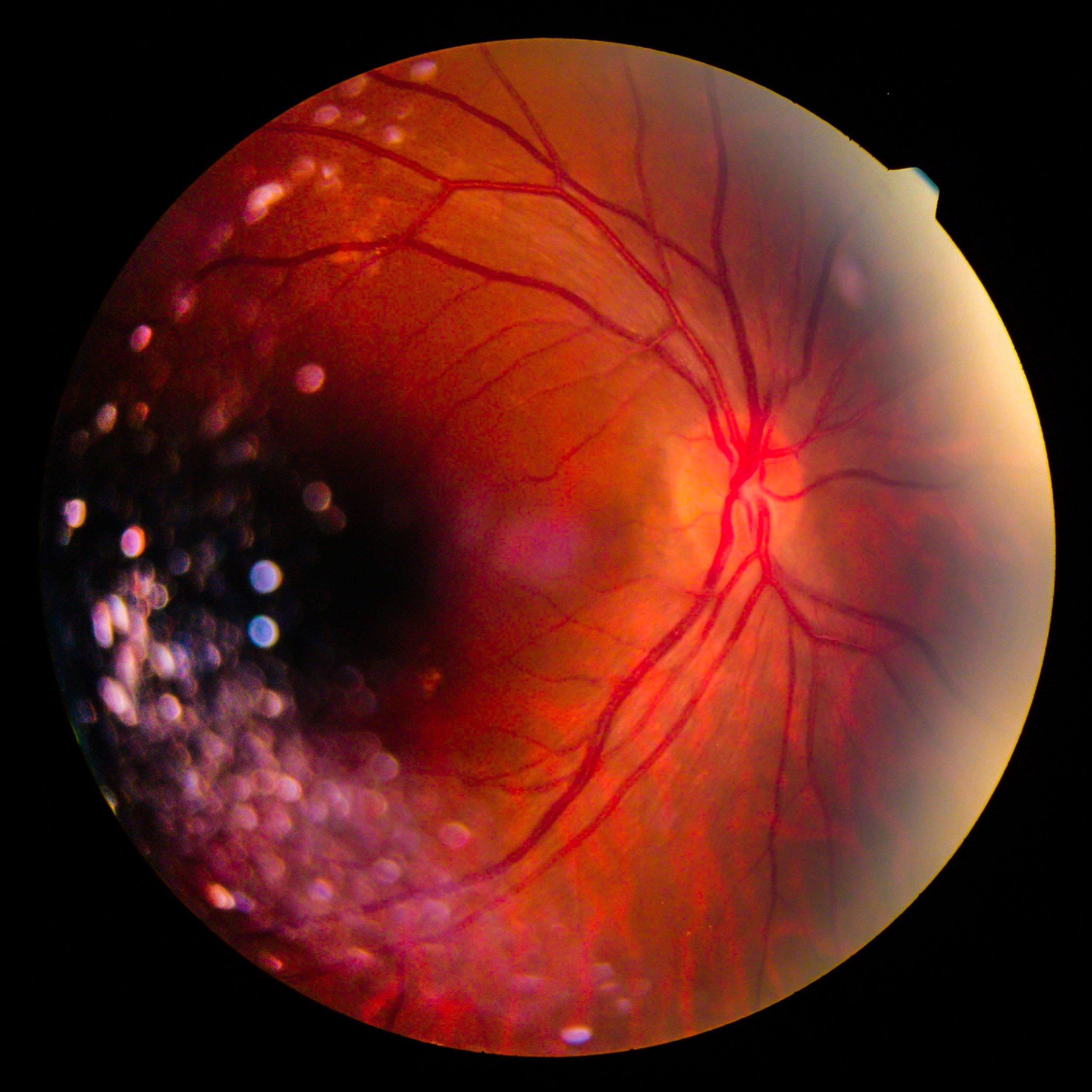Reshaping Remote Healthcare: A Deep Dive into Nanomedicine and the Pioneering Companies behind the Revolution

The Struggle of Remote Healthcare
Accessing reliable healthcare is a significant issue for people residing in rural or remote areas, impacting countless individuals globally. With traditional methods falling short, the healthcare sector has struggled to provide consistent, quality care to those outside urban centres. Fortunately, a breakthrough development is emerging, promising to reshape the landscape entirely.
That game-changing development? Nanomedicine. Leveraging the power of nanotechnology, it's set to revolutionise telehealth and remote patient supervision.
Nanowear, a startup originating from the United States with $1.5 million in funding, has developed a high-tech wearable technology that is integrated with nanosensors within the material. This enables continuous tracking of critical health data such as pulse rate, sweat components, and blood pressure. Offering immediate notifications concerning detrimental changes in the body to both the wearer and healthcare professionals, it holds the potential to be life-saving.
In 2019, Nanowear spearheaded a NanoSENSE initiative, a clinical trial focused on heart failure management and alert diagnostic validation. From this initiative stemmed the development of SimpleSENSE, an undergarment equipped with monitoring capabilities and a closed-loop machine-learning platform.
The SimpleSENSE garment, uniquely powered by Nanowear's proprietary and patented cloth-based nanosensors, has been approved by the FDA. It has the ability to capture and record a range of cardiac data, including phonocardiography, stroke volume, and cardiac output. In addition, its multi-channel ECG technology assesses heart rate variability, respiratory rate, thoracic impedance, activity, and posture.
In a significant development in July 2020, Nanowear partnered with Hackensack Meridian Health Systems to extend their research in COVID-19 remote diagnostics. Their collaborative goal is to monitor patients confirmed or suspected of having COVID-19 using Nanowear’s cloth-based nanosensors. These nanosensors can detect physiological and biomarker changes indicative of clinical deterioration that may require medical intervention.
Overcoming the Hurdles on the Path to Success
While nanomedicine holds immense promise, its road to success is not without challenges. Let's unpack these stumbling blocks to understand the obstacles that must be addressed.
The first major hurdle is data security. As nanomedicine relies on transmitting sensitive patient data remotely, there are substantial concerns around data breaches and unauthorized access.
Secondly, the ethical considerations around using nanotechnology in healthcare are contentious. Questions regarding consent, implications of data misuse, or the long-term impact of nanosensors on the human body need to be thoughtfully addressed.
The high costs associated with research and development present another significant challenge. Nanomedicine is a cutting-edge field which requires continuous research, rigorous testing, and multiple trial phases before its applications can be deemed safe for widespread use.
Nevertheless, the potential benefits of nanomedicine make these obstacles worth overcoming.
Companies like iRhythm Tech are gaining significant attention in the field, drawing in over $100 million in investments. Their primary offering, a wearable patch, tracks extensive heart rhythm data to help diagnose cardiac arrhythmias. The device amasses data throughout the monitoring period and then sends it to the company's cloud for analysis. With their myZio iPhone app working in tandem with the patch, physicians can evaluate the data and make informed diagnoses.
Conclusion
As the world marches further into the digital era, nanomedicine's role is increasingly significant. With its promise to transform healthcare access and personalisation, it's an exciting field for investors and the healthcare sector alike. With ongoing research and development, the future of healthcare seems poised to be shaped by this groundbreaking field.





